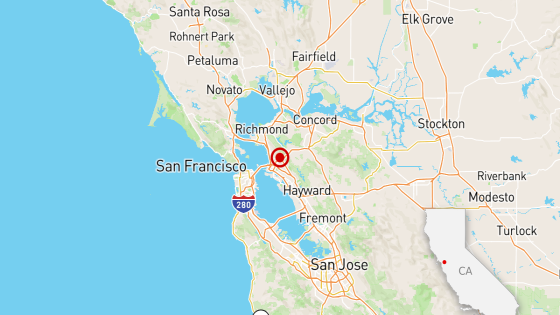Starting October 1, Bruges’ city center will become nearly fully designated as a bicycle zone, and the reimbursement rate for charging electric company cars at home will decrease. The city aims to enhance cyclist safety and accessibility in the urban area.
Bruges bicycle zone expansion
Beginning October 1, the city center of Bruges will be almost entirely converted into a bicycle zone. Currently, there are about ninety bicycle streets, with approximately 300 more planned to be added from October. This extension follows the introduction of the bicycle zone three years ago, which initially included over ninety streets. By then, Bruges will have around 87 kilometers of bicycle streets, making it the city with the most bicycle streets in Belgium.
In these bicycle zones, all road users are limited to a maximum speed of 30 kilometers per hour and must remain behind cyclists. Mayor Dirk De fauw remarked, “We will make Bruges even more of a bicycle city than it already is.” The accessibility of the city center will continue to be prioritized by excluding gateway streets and De Lijn routes from the bicycle zone.
Decrease in reimbursement rates
The reimbursement rate for charging electric company cars at home will also decrease starting October 1. Since January 1, those charging their electric company vehicle at home have been able to use a fixed reimbursement rate. Initially planned to last until the end of the year, this fixed rate was decided to be permanent by Finance Minister Jan Jambon in June. However, the rate for the fourth quarter will see a decline for the first time this year.
The tax authority prefers reimbursement for home charging to align with actual electricity costs, but this is challenging for employers to verify. To address this, a fixed rate option was introduced. This fixed rate varies by region, with a rate of 30.70 cents per kWh for Flanders, 33.56 cents for Brussels, and 34.57 cents for Wallonia effective from October 1.




























